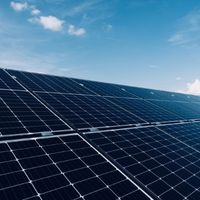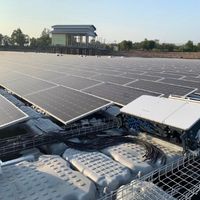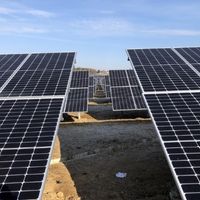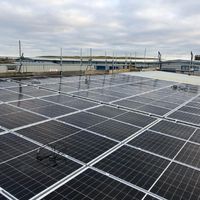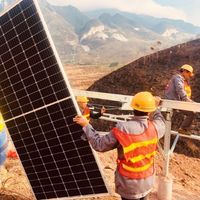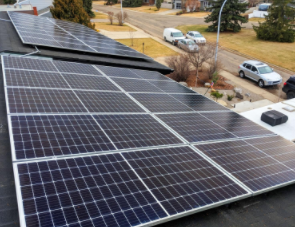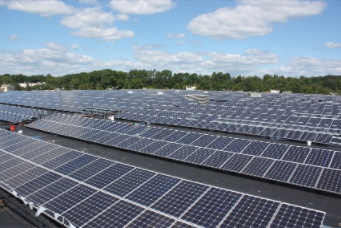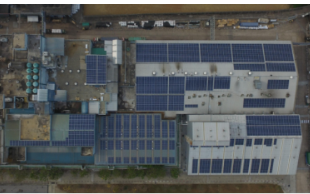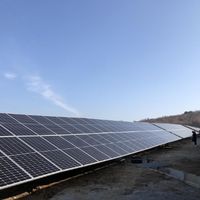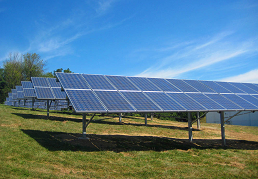Jul 06, 2022
06
Ruitai New Materials won a large order of 3.419 billion yuan for electrolytes
On July 4, Ruitai New Materials issued an announcement announcing that Zhangjiagang Guotai Huarong Chemical New Materials Co., Ltd. (hereinafter referred to as "Huarong Chemical"), a subsidiary of the company, signed an agreement with FREYR Battery Norway AS (hereinafter referred to as "FREYR"). Sales Volume and Price Booking Agreement. According to the agreement, Huarong Chemical will supply FREYR with lithium-ion battery electrolyte products from 2023 to 2028. The total amount of the agreement is about 526 million US dollars, or about 3.419 billion yuan. According to the announcement, FREYR's main business is the development and production of energy storage systems designed to provide industrial-scale clean battery solutions for the fast-growing global markets of electric vehicles, energy storage and marine applications. Ruitai New Materials said that the signing of this agreement will bring a positive effect to the company's expansion of the international market, which is in line with the company's development strategy and win-win cooperation with customers. At the same time, this agreement is expected to have a positive impact on the company's operating performance in the coming years. According to the data, Ruitai New Materials was established in 2017 and is a holding subsidiary of Jiangsu Guotai. It was listed on the GEM of the Shenzhen Stock Exchange on June 17 this year. It is mainly engaged in lithium-ion battery electrolytes, lithium-ion battery electrolyte additives, and supercapacitors. Research and development, production and sales of new chemical materials such as electrolyte and silane coupling agent. The main products of Ruitai New Materials include lithium-ion battery electrolytes, silane coupling agents, lithium-ion battery electrolyte additives and ultra-electric products, among which lithium-ion battery electrolyte shipments have ranked among the top three domestically and globally in the last three years. In terms of customers, Ruitai's customers mainly include CATL, LG Chem, New Energy Technology, Yiwei Lithium Energy, Panasonic and other companies. From 2019 to 2021, the revenue of the company's top five customers accounted for 79.37%, 78.04% and 86.96% of operating revenue, respectively, with a high degree of customer concentration. Among them, the revenue of Ruitai New Materials from CATL in 2021 will be 2.575 billion yuan, an increase of 8 times compared with 2020, and the proportion of revenue will increase from 15.71% to 49.48%. In terms of production capacity, Ruitai's current lithium-ion battery electrolyte production capacity is 70,000 tons/year; Poland Huarong's new Prusice 40,000-ton/year lithium-ion power battery electrolyte project has entered the trial production stage; other projects are being actively promoted middle. The company will arrange production according to customer and market demand. At present, the electrolyte order is sufficient. It is worth mentioning that Ruitai New Materials is still actively e...
Read More
